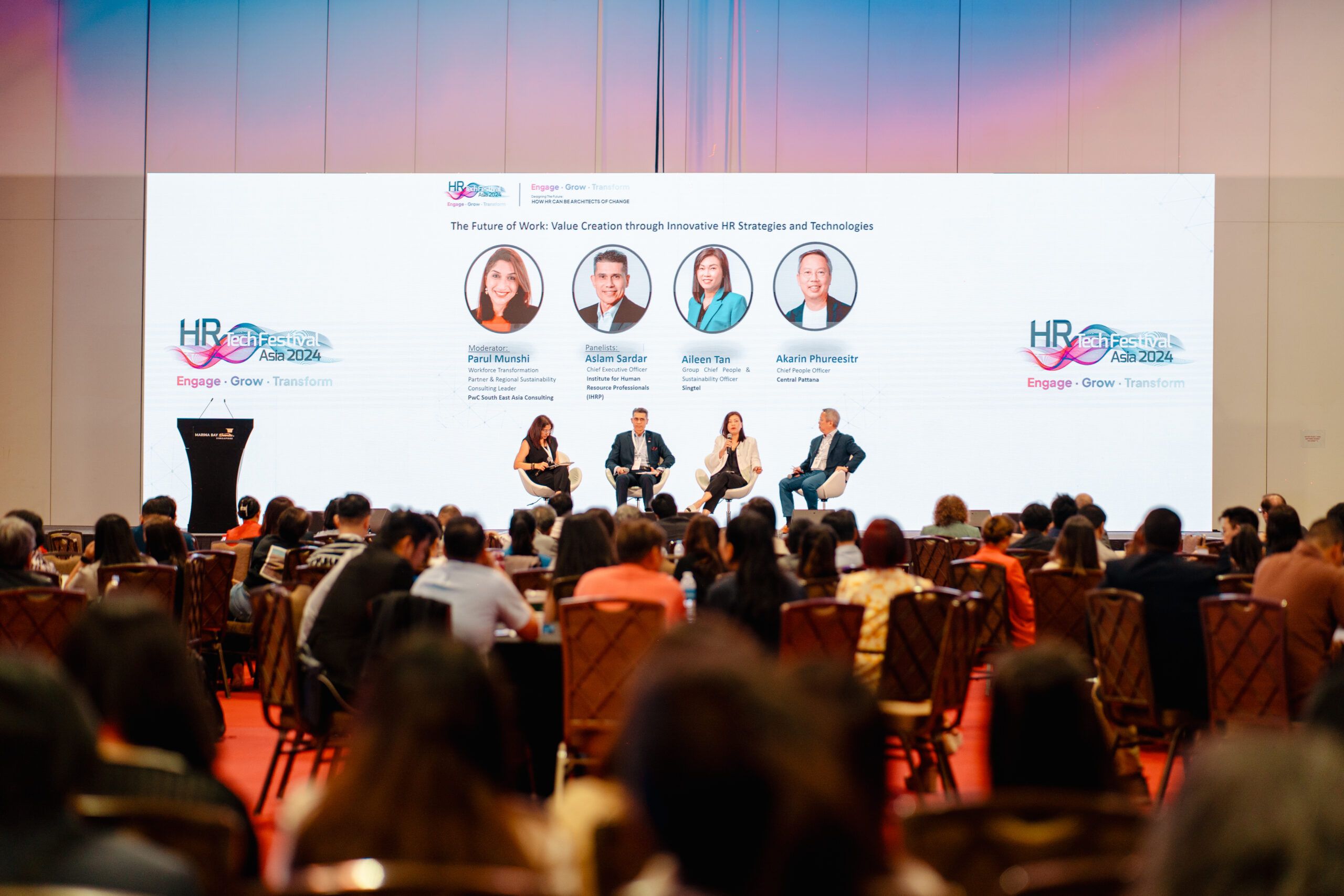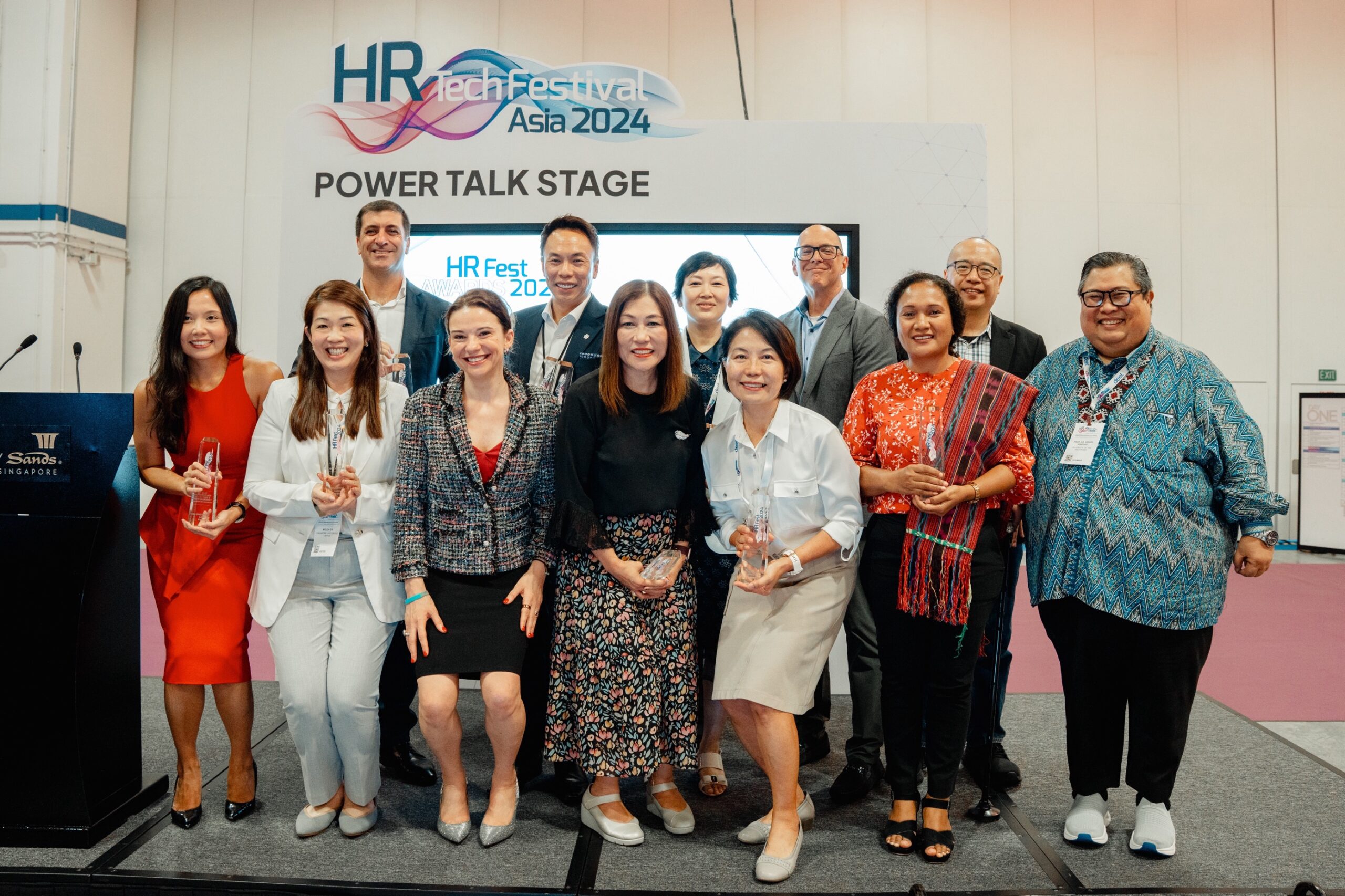Cultivating connection and trust across distributed teams

Up until a few years ago, the ideal workplace culture in the tech sector often conjured up images of ping-pong tables, catered food and after-work happy hours. Then came the pandemic, a watershed moment that galvanised organisations into rethinking the nature of work and how to use it as an opportunity to redesign modern work altogether.
Today, flexible work arrangements have become the new norm and organisations are now faced with the challenge of shaping a cohesive culture that can thrive among distributed teams. At their disposal are tried and tested models, processes, and practices to help navigate the new world of work. More recently, the proliferation of AI tools gives organisations unprecedented access to technology that can automate tasks and stimulate focus.
Asynchronous work as the default
In a recent Dropbox internal survey, nearly 70% of employees agreed that the ‘Virtual First’ working model helps them be more effective than they would be in an office. The ‘Virtual First’ model is based on remote work being the primary experience for all Dropbox employees – it is underscored by methods, frameworks and guidelines that enable deep focus and high-impact work, while fostering a strong sense of belonging.
The survey also found that adopting the right frameworks is crucial to a successful virtual work environment – one of the most impactful practices being the adoption of an “asynchronous-by-default” practice. This entails embracing intentional practices that aim to optimise employees’ time, while operating in a work schedule that best suits them. For example, this can include avoiding reflexive or excessive scheduling of meetings, and instead solving problems over email, cloud-based documents, or video recordings. These frameworks and practices have resulted in 77% of our employees saying they are able to successfully collaborate with others in a virtual environment.
As the future of work continues to evolve at an unprecedented pace, AI-powered workplace tools have emerged as a way to transform knowledge work. According to a study commissioned by Dropbox and conducted by Economist Impact, 40% of respondents indicated that they would prefer to use AI tools for automating repetitive tasks. By using AI tools to assist with tasks such as locating content, summarising information, and organising files, employees are able to spend less time trying to find and connect information, and more time engaging on strategic and creative workflows.
Create time for strengthening bonds and shared values
In the absence of traditional in-person workplace interactions, helping remote employees cultivate a sense of community through shared values is especially crucial. However, while 82% of employees believe it is important for their organisation to see them as a person instead of just an employee, only 45% feel that their organisation actually views them this way.

“In the absence of traditional in-person workplace interactions, helping remote employees culture a sense of community through shared values is especially crucial.” – Allison Vendt, Global Head of Virtual First, Dropbox
To bridge this gap, leaders can focus on the ‘art of gathering’ by creating opportunities for meaningful interactions and shared experiences. This could include pre-scheduled in-person events where teams come together to build connections within their immediate team, as well as cross-functionality. In terms of cadence, we have found that quarterly gatherings provide just the right frequency to sustain connection, trust, and belonging amongst our teams. Fostering a sense of community is crucial in a distributed work environment, and it is important to approach this with intention and planning.
Another example could be recreating ‘water-cooler moments’ for employees to build rapport with people they do not regularly work with. In a distributed setting, these could be virtual coffee chats or online team-building activities that help ‘break the ice’ within distributed teams.
Amidst the emerging future of work, more leaders are finding that evolving their remote work strategy can help attract and retain the best talent. In fact, according to another statistic from the study by Economist Impact, nearly two-thirds of employees who work flexible hours report a higher quality of deep or independent work. The study suggests that organisations that embrace flexibility and new ways of working have a lot to gain in terms of productivity improvements and overall business impact.
Building the foundation of trust, from anywhere
In a distributed work environment, where there is less face time amongst employees, building trust is a critical component for sustaining a positive culture.
Adopting a people-first approach to decision-making, prioritising transparency and open communication all positively reinforce trust. This includes setting clear expectations, providing regular feedback and support, and ensuring that all team members have access to the resources they need to succeed.
READ MORE: Remote work drives increased workforce diversity
Distributed work has upended the traditional office culture, and organisations are being challenged to adapt and stay competitive. In the process, it has opened up a new paradigm for what work can be. Navigating this new world requires leaders to re-examine age-old work practices that had become the status quo, and introducing new methods, process, and experiments to create progressive models for modern work. Importantly, this transformation must be embraced with intentionality starting at the top and cascaded throughout all levels of the organisation – from leaders to employees.
About the author: Allison Vendt is Global Head of Virtual First, Dropbox.



